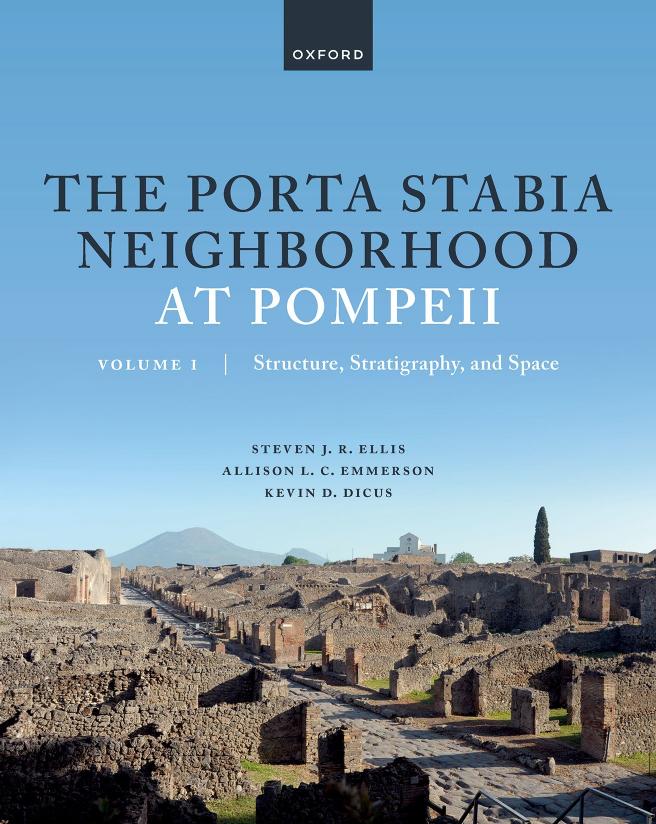

Most ebook files are in PDF format, so you can easily read them using various software such as Foxit Reader or directly on the Google Chrome browser.
Some ebook files are released by publishers in other formats such as .awz, .mobi, .epub, .fb2, etc. You may need to install specific software to read these formats on mobile/PC, such as Calibre.
Please read the tutorial at this link: https://ebookbell.com/faq
We offer FREE conversion to the popular formats you request; however, this may take some time. Therefore, right after payment, please email us, and we will try to provide the service as quickly as possible.
For some exceptional file formats or broken links (if any), please refrain from opening any disputes. Instead, email us first, and we will try to assist within a maximum of 6 hours.
EbookBell Team

4.1
10 reviewsMain subject categories: • Archaeology — Pompeii • Ancient history — Pompeii • Architecture — Pompeii • Ancient history • Social constructs — Pompeii
This is the first of four volumes that present the results from the University of Cincinnati's archaeological excavations of the Porta Stabia neighborhood at Pompeii. These excavations targeted two town blocks on either side of the via Stabiana (insulae VIII.7 and I.1), which comprised modest houses, shops, workshops, food and drink outlets, and hospitality buildings.
The present volume describes and documents the phased, structural development of this neighborhood over several centuries. The earliest discernible activity here dates to the 6th century BCE, with the insulae taking their definitive shape only in the 2nd century BCE. It is from this time that production activities dominate the neighborhood, only to be wholly replaced by retail-oriented street-fronts from the early 1st century CE. Underpinning this narrative of urban development is a focus on the social and structural making of the Porta Stabia neighborhood, along with an interest in both the micro- (urban site formation processes) and macro-contextualization of the site (setting the results within a larger historic and urban framework).